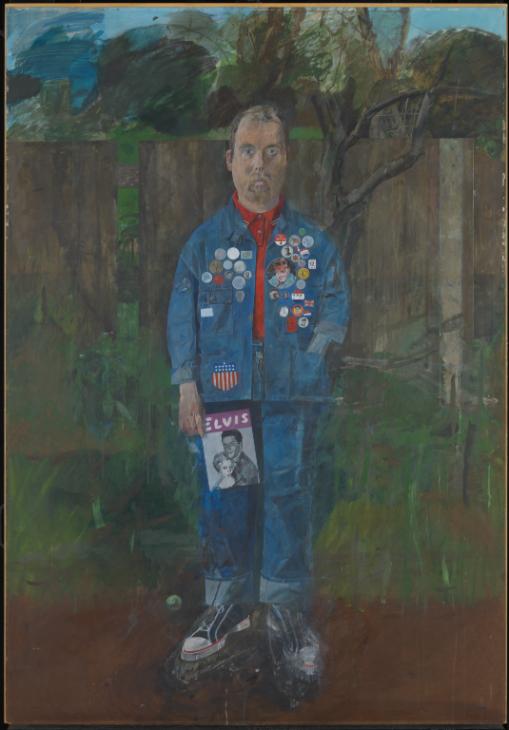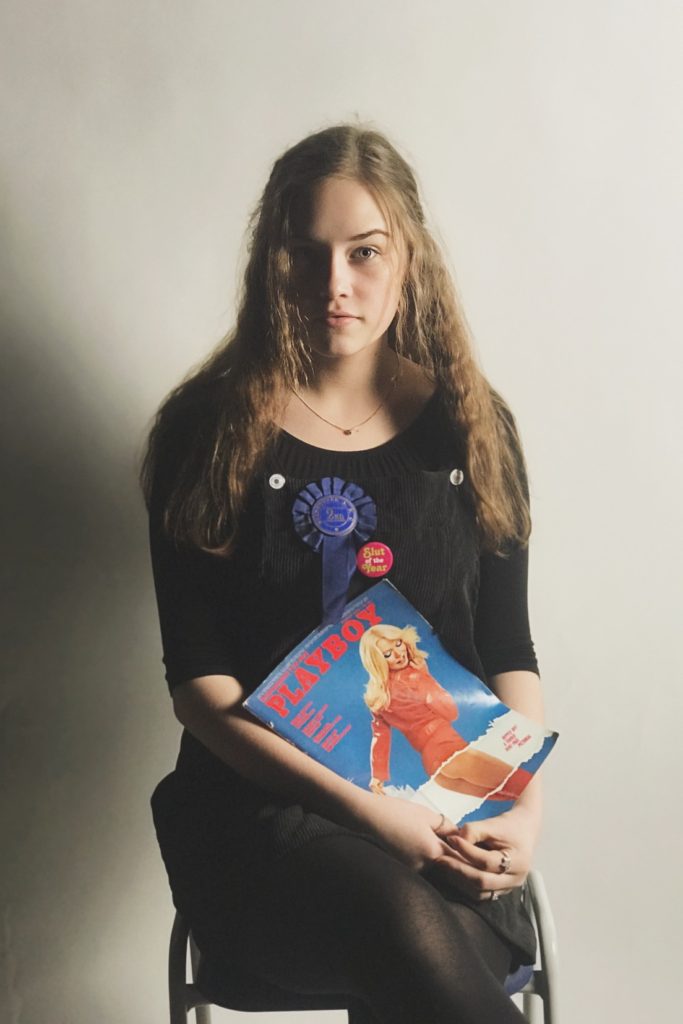Who is part of the Boyle Family?
The Boyle Family is a group of collaborative artists who are now based in London. The main contributes to the Boyle family were Mark Boyle and Joan Hills. Mark Boyle was born in 1934 in Glasgow working along side Joan Hills who was born in 1931 in Edinburgh, both now live in London with their two children Sebastian and Georgia Boyle. Mark and Joan met in April 1957 in Harrogate, Yorkshire. At the point in Mark Boyle’s life he originally considered himself as a poet soon to be influenced by Joan Hills painting and began experimenting which proved to have triggered the love for visual art. Mark Boyle continued to praise Joan Hill as being the biggest influence to all his work saying she was “she was gentle, brave and immensely resourceful” in an interview.
Where Mark and Joan’s studio was at a specific point during their life was often where they lived, this created a natural feeling of family and friends when investing time into their studio. It became important to them to include family whenever their was a big show going on they always tried to incorporate family and friends help into the creation of the show. From early on, Mark and Joan both encouraged their children, Sebastian and Georgia to go around the studio doing bits here and there leading to getting much more deeply involved later on: going on working trips, expeditions, helping to finalize and hang exhibitions.
When first creating the image, most images went under Mark Boyle’s name, this was due to the them being much more focused on the work and being ore unconcerned with fighting the stereotypes that artists were solo and usually male- the print was labels never mattered to them. As the became wildly know and at the same time the artistic stereotype began to broaden, they became to present their work by ‘Mark Boyle and Joan Hills’. As they grew Sebastian and Georgia continued their work and entitled there work produced by the ‘Boyle Family’ this continued till 1985. In 2005 May time, Mark Boyle passed away and the Boyle Family continues to work and exhibit internationally, and to progress the execution of their best known work, the huge global World Series. When producing image, the Boyle Family’s idea is not have a focused subject but aims to make art that does not exclude anything as a potential subject. Over the time this has included things like: earth, air, fire and water, animals, vegetables, minerals, insects, water creatures etc.




